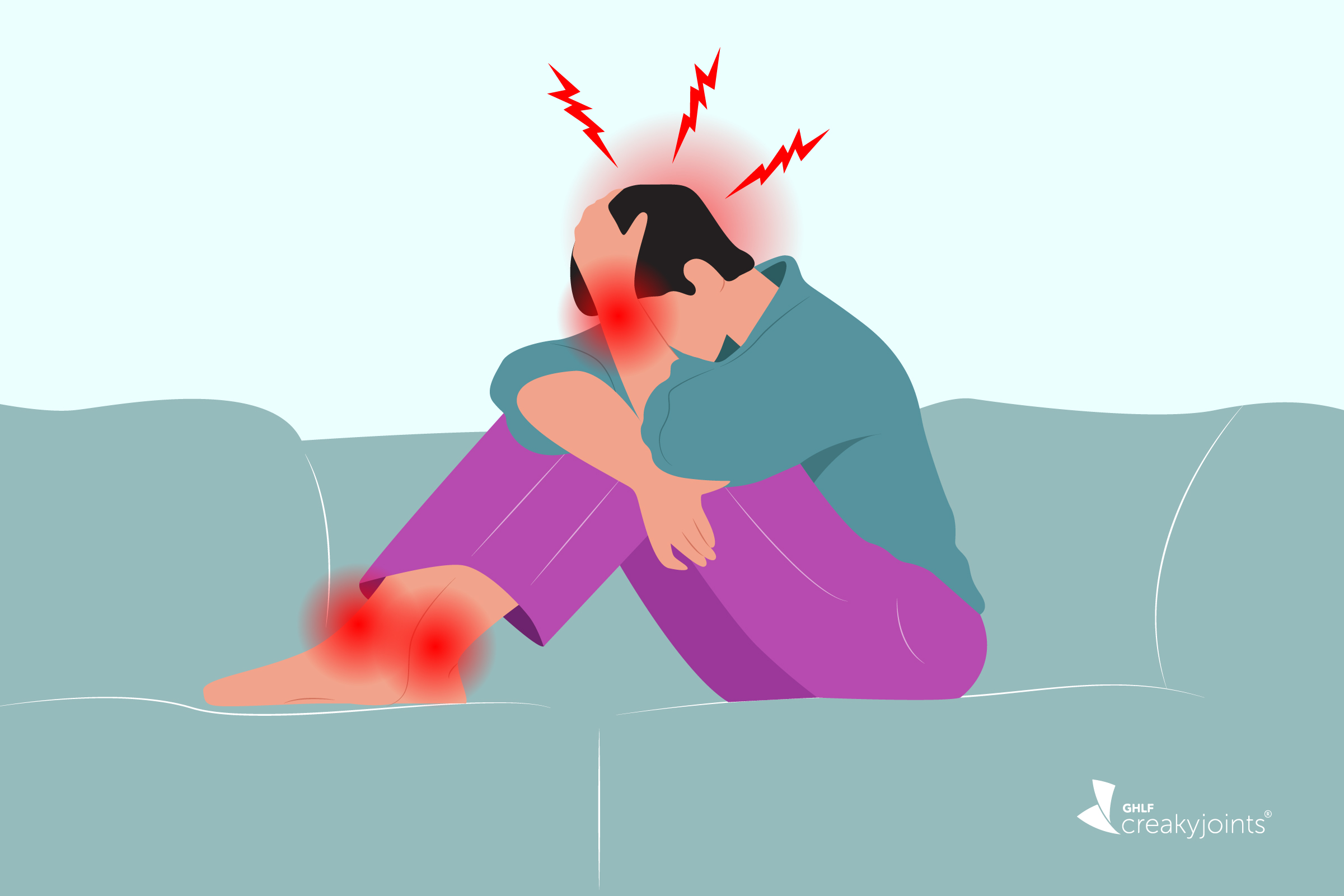The Up-End Migraine Project reveals key gaps in episodic migraine care, aiming to drive change and improve treatment options for patients through insights from both providers and patients.
DOS AND DON’TS FOR TELEMEDICINE FOR MIGRAINE
DOS AND DON’TS FOR TELEMEDICINE FOR MIGRAINE
June 18, 2020
Anne M. Sydor

During the COVID-19 pandemic, televisits—seeing your health care provider through a videoconference or phone call—became common. As this article is being written, it is too early to say if the widespread use of telemedicine will continue after the risk of getting or spreading COVID-19 becomes smaller. Many health care providers and patients hope that it will continue; others worry that telemedicine may not always be the best option.
Insurance and Telemedicine
In March 2020, during the COVID-19 pandemic, the Centers for Medicaid and Medicare Services (CMS) informed health care providers that Medicare would reimburse telemedicine visits via video conference at the same rate as in-person visits. Some copays and deductibles were also waived for people with Medicare or Medicaid. At the end of April 2020, the CMS included telemedicine visits via telephone retroactively to March 1, 2020. The change also allowed telemedicine visits to be provided across state lines so that a person living in one state could receive care from a provider licensed in another state.
Some, but not all, states mandated that private commercial insurers, Medicaid, and Medicare Advantage follow these new policies. It is also unclear if these policies will become permanent or not. As a result, it is important to check with your health care providers office about what will be covered for a telemedicine visit and what copays or deductibles will be owed.
Advantages and Disadvantages of Telemedicine
There are many advantages to telemedicine visits, even without COVID-19 to worry about. These advantages include:
- Receiving care in your own home can give your health care provider a better idea of your typical day and activities than an office visit does, especially with video that allows you to share your environment with the provider
- The conveniences of receiving care at home include less travel time, more flexibility in scheduling, not having to pay for transportation or parking, and being able to continue activities if your health care provider is running late instead of sitting in a waiting room
- Access to health care is increased for people who have difficulty moving around or leaving their homes for any reason
- It can be more comfortable for people to be in their own environment—especially with migraine, which can make it difficult to tolerate light, sound, and smell, or move around too much
- Safety considerations other than COVID-19 exist, such as bad weather or the risk of falling for some people, which are not present when someone stays at home for care
And, of course, during the pandemic, telemedicine makes it possible to see a health care provider without risking being exposed or exposing someone else to a dangerous infection.
There are some disadvantages of telemedicine visits, however. These disadvantages include:
- The human touch is important in health care and is lost with telemedicine visits; some health care providers feel makes it harder to comfort their patients
- Because the provider cannot touch the patient, some symptoms cannot be checked, including important tests in migraine such as testing nerve responses like reflexes and sensation or looking at the back of the eye
- Sometimes technology fails with dropped calls, slow internet speeds, and low-resolution cameras, for example
- Privacy is not as protected as it is with an in-person visit because home networks may not have the security that is typically required of health care systems; additionally, during the COVID-19 pandemic, some federal privacy protections were relaxed in order to provide more widespread access to telemedicine
- For people who need to have tests or see more than one health care team member, telemedicine visits may make team care difficult
- Some treatments given in the office, like Botox injections or nerve blocks cannot be given remotely
And, in some cases, not seeing a health care provider in person can be dangerous.
Even during the pandemic, it is still critical to seek emergency care if you have:
- A headache with high fever, especially if you feel confused or disoriented
- A severe headache that wasn’t there one minute and is there the next (like a thunderclap) and is different from your usual headache or is your first headache ever
- One arm or one side of your face or body feeling numb or tingling
- One side of your face drooping
- Vision loss or changes in vision that you have not experienced with migraine before
- Swelling of your lips and mouth or a rash after taking a new medicine for migraine
Preparing for a Teleneurology Migraine Visit
Dos
- Prepare the technology in advance (best is to test the day before when possible)
- If using a computer, check the microphone and speakers
- Test the internet connection to make sure it is at least 5 megabits per second (5 Mbps); test this at net or with the internet provider
- Have a backup device ready in case technology fails at the time of the visit (if using a computer, have a phone nearby)
- Test any specific apps or portals recommended by the provider or staff
- Use wired internet if you can; if not, try to stay close to the wireless router
- Prepare other things you might need to have nearby (ask your doctor) including:
- a scale, tape measure, thermometer, and a way of measuring blood pressure
- print outs of any test results you might need to talk about
- the containers for and information about any medicines you take so your health care provider can review doses
- a flashlight, cotton swabs, and a small bowl of ice in the room because these can be used to test nerve sensation
- hand weights for strength testing
- a pen and plain paper
- Treat your telemedicine visit the way you would an in-person visit
- Dress appropriately; some people suggest shorts and a T-shirt and slippers so the provider can examine your arms, legs, hands, and feet
- Find a quiet calm space where no one will interrupt you and where you have:
- enough space to walk back and forth
- natural lighting without sitting directly in front of or behind a window so the doctor can see you (and your eyes) well (if you don’t have natural light, a selfie-light can be helpful)
- have a place to prop up your phone or tablet if you are not using a desktop monitor so the doctor can see you do things with both hands
- Consider asking someone to sit with you during the visit so they can assist the health care provider or you if that is needed
- Arrive a few minutes earlier to make sure all your technology is still working
- Try to use a device with a camera whenever you can; it is almost always helpful for the provider to both see and hear you
Don’ts
- Forget to charge your device beforehand
- Wait until the last minute to check your technology or any apps you will need to use
- Have your appointment from your bed, yard, or porch, or anywhere else that may cause distractions
- Have your pets in the room
- Have the radio or TV playing
- Have other programs open on your device
- Download anything during your visit
- Forget to ask about treatments that can be substituted for those given only in person
SUBSCRIBE TO GHLF
RELATED POST AND PAGES
_
Was this article helpful?
YesNo




